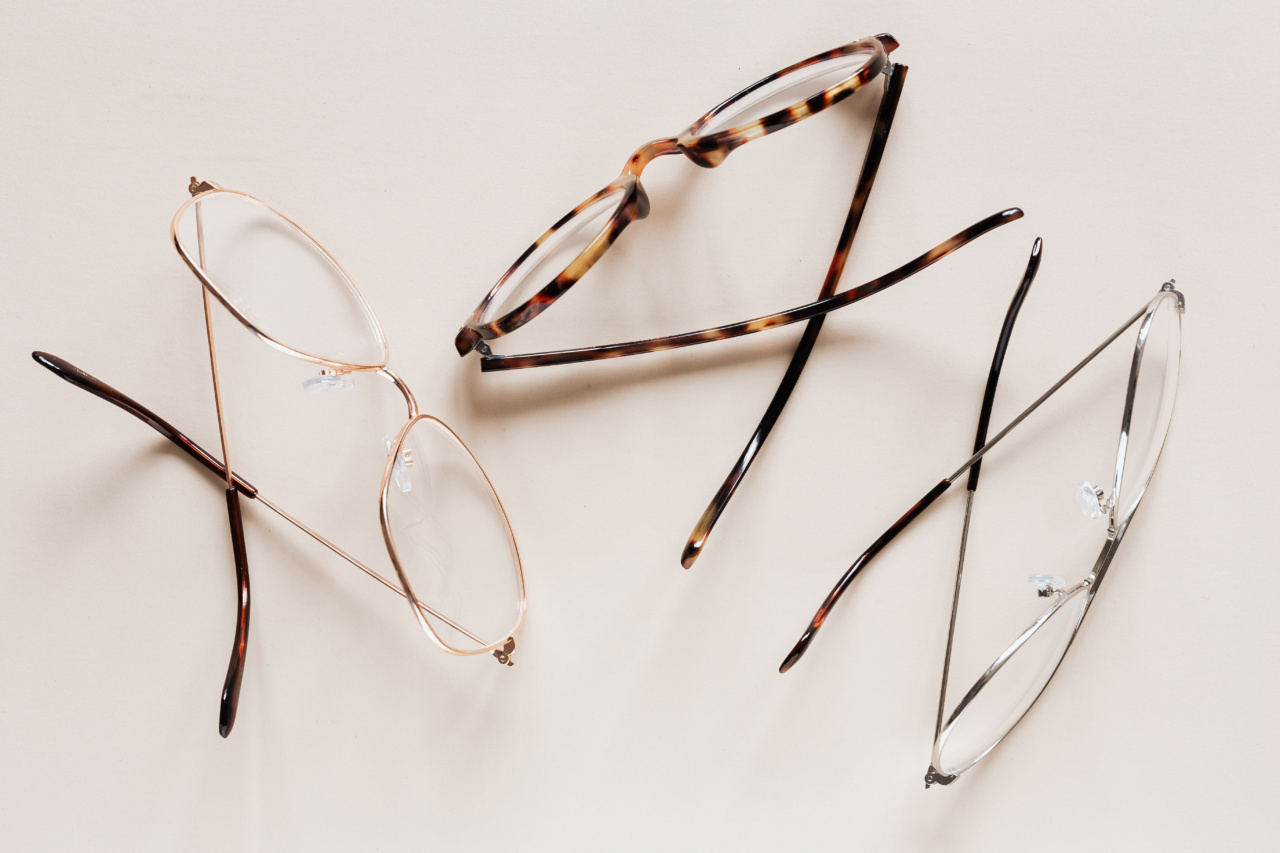Protecting Children’s Eyesight: Everything You Need to Know About Myopia.
What is Myopia?
Myopia, also known as nearsightedness, is a common refractive error that causes distant objects to appear blurry.
It occurs when the eyeball is too long or the cornea is excessively curved, leading to light focusing in front of the retina instead of directly on it.
The Prevalence of Myopia in Children
Myopia is rapidly becoming a global epidemic, especially among children. Over the last few decades, the prevalence of myopia has been steadily increasing.
According to recent studies, more than 50% of young adults in some countries are affected by myopia, and the rates are continuing to rise.
Causes of Myopia
While the exact cause of myopia is still not fully understood, several factors contribute to its development. Genetics play a significant role, as myopia tends to run in families.
Spending excessive time indoors and engaging in activities that require intense near work, such as reading or using digital devices, are also associated with a higher risk of myopia.
Signs and Symptoms of Myopia in Children
Identifying myopia in children can be challenging, as they may not always complain about vision problems. However, some signs and symptoms to look out for include:.
- Squinting or frequent eye rubbing
- Sitting too close to the television or holding books very close
- Frequent headaches or eye strain
- Difficulty seeing distant objects, such as the chalkboard in school
- Poor performance in school
The Impact of Myopia on Children’s Lives
Untreated myopia can significantly impact a child’s life. It may affect their academic performance, making it challenging to see the board or read classroom materials.
Myopia can also interfere with their ability to enjoy outdoor activities, resulting in a sedentary lifestyle. Furthermore, children with myopia may experience low self-esteem or social difficulties due to their impaired vision.
Prevention and Management of Myopia
While myopia is not entirely preventable, several strategies can help slow its progression and reduce its impact on children’s eyesight. Some effective preventive measures and management options include:.
- Outdoor time: Encouraging children to spend more time outdoors has been shown to reduce the risk of developing myopia. Experts recommend at least 2 hours of outdoor time daily.
- Reducing near work: Limiting the amount of time spent on activities that require intense near focus, such as using digital devices or reading, can help reduce the strain on children’s eyes.
- Eyeglasses or contact lenses: Corrective lenses, such as glasses or contact lenses, can help children with myopia see clearly and alleviate any associated symptoms.
- Orthokeratology: This non-surgical procedure involves wearing special rigid contact lenses during sleep to reshape the cornea temporarily. It can provide clear vision throughout the day without the need for glasses or contacts.
- Pharmacological interventions: Some eye drops or medications have shown promise in slowing down the progression of myopia. However, these interventions should be prescribed and monitored by an eye care professional.
Regular Eye Examinations
Regular eye examinations are crucial for the early detection and management of myopia in children.
Eye care professionals can assess the child’s visual health, prescribe appropriate corrective measures, and monitor the progression of myopia over time.
Encouraging Healthy Vision Habits
In addition to the preventive measures mentioned earlier, cultivating healthy vision habits is essential for maintaining good eye health in children. Some tips for encouraging healthy vision habits include:.
- Teaching children the 20-20-20 rule: Every 20 minutes, have them take a 20-second break from near work and look at something 20 feet away.
- Ensuring proper lighting: Adequate lighting while studying or using digital devices can alleviate eye strain.
- Optimizing workstation ergonomics: Setting up a comfortable and well-lit workspace can minimize eye and neck strain.
- Limiting screen time: Implementing screen time guidelines can help reduce eye fatigue and ensure a healthy balance between near work and outdoor activities.
Conclusion
Myopia is an increasingly prevalent vision problem among children, affecting their quality of life and academic performance. While it may not be entirely preventable, various measures can be taken to manage and slow down its progression.
By promoting outdoor activities, reducing near work, and practicing healthy vision habits, we can protect our children’s eyesight and ensure their visual well-being for years to come.




























